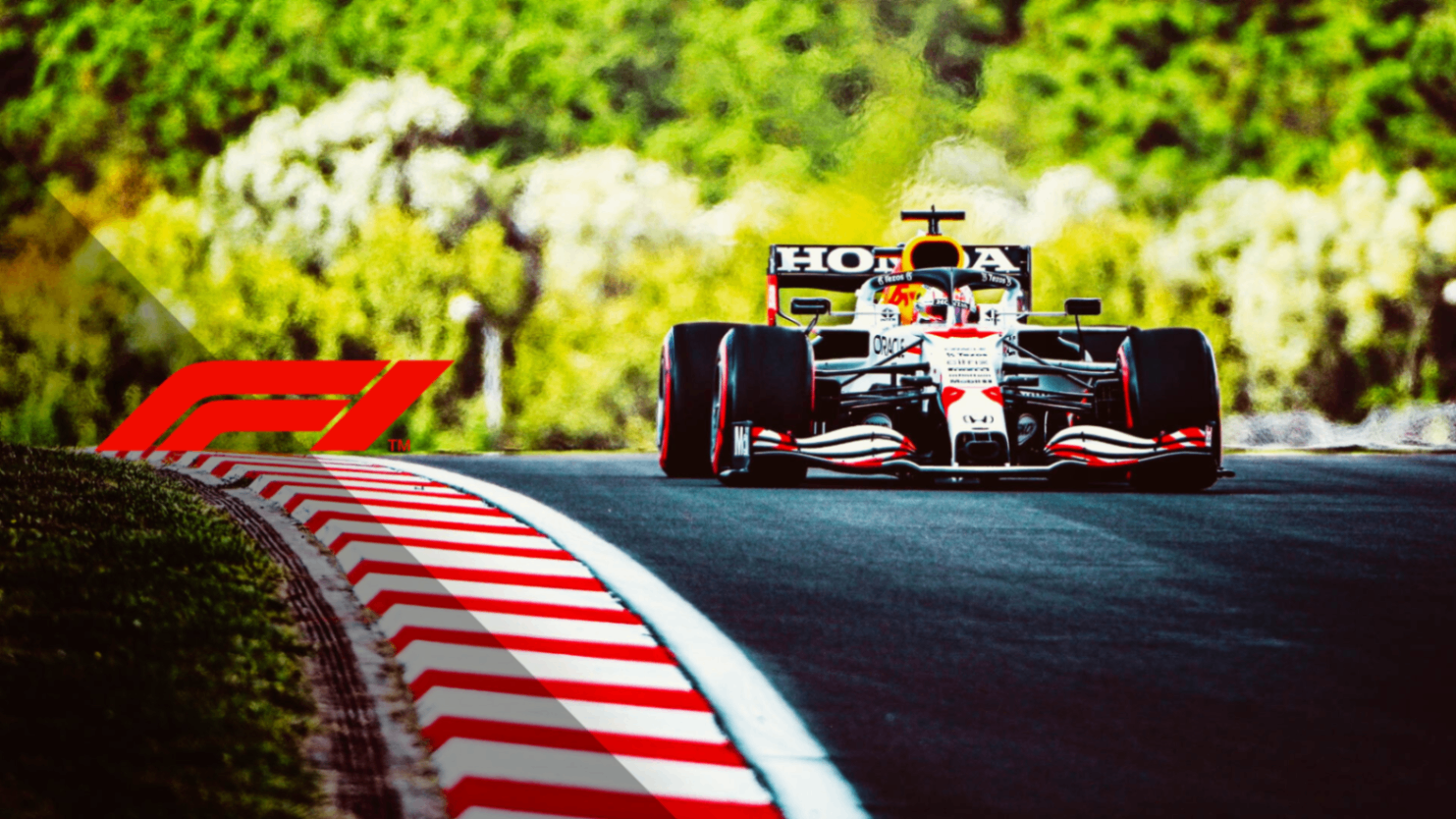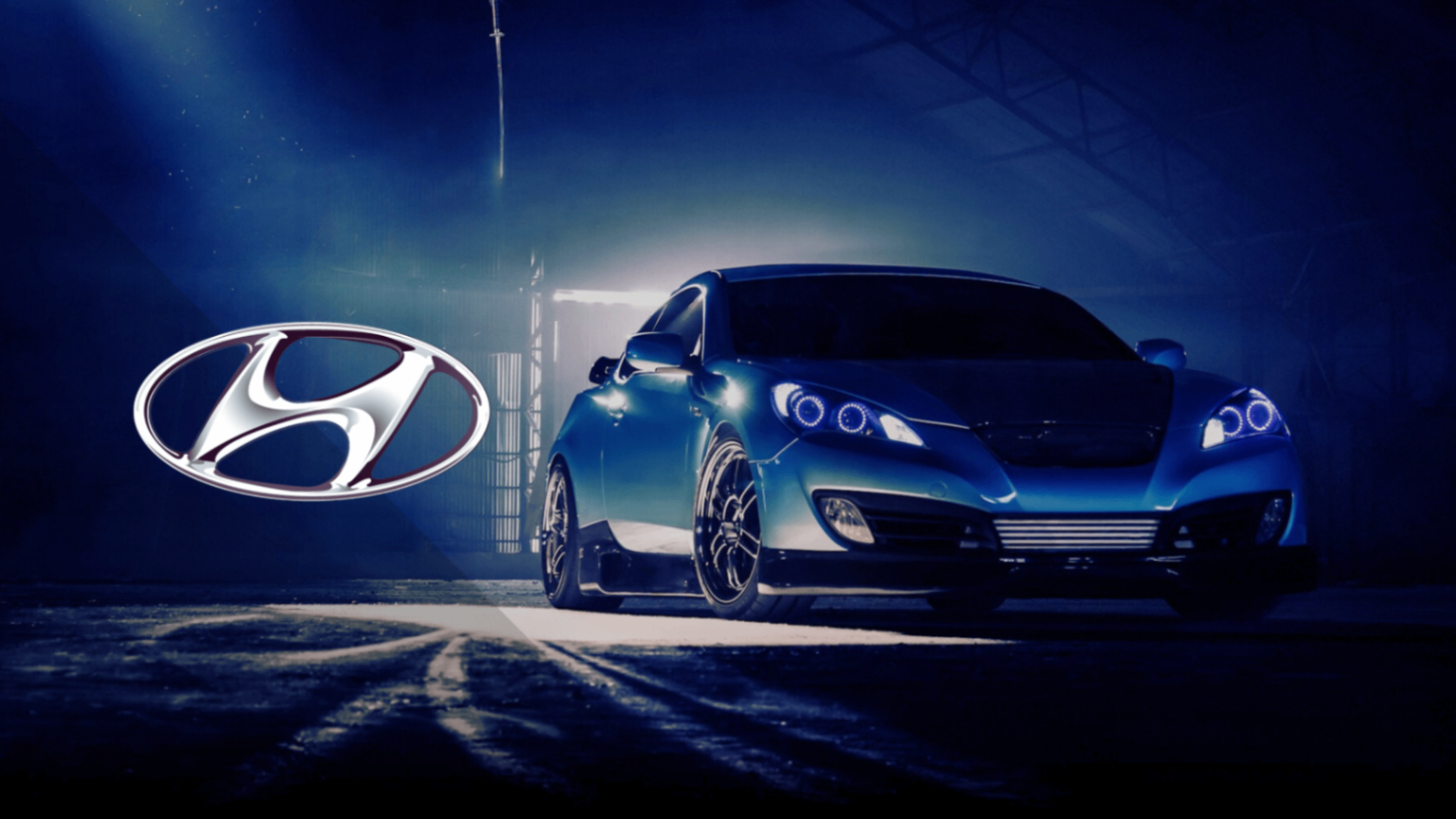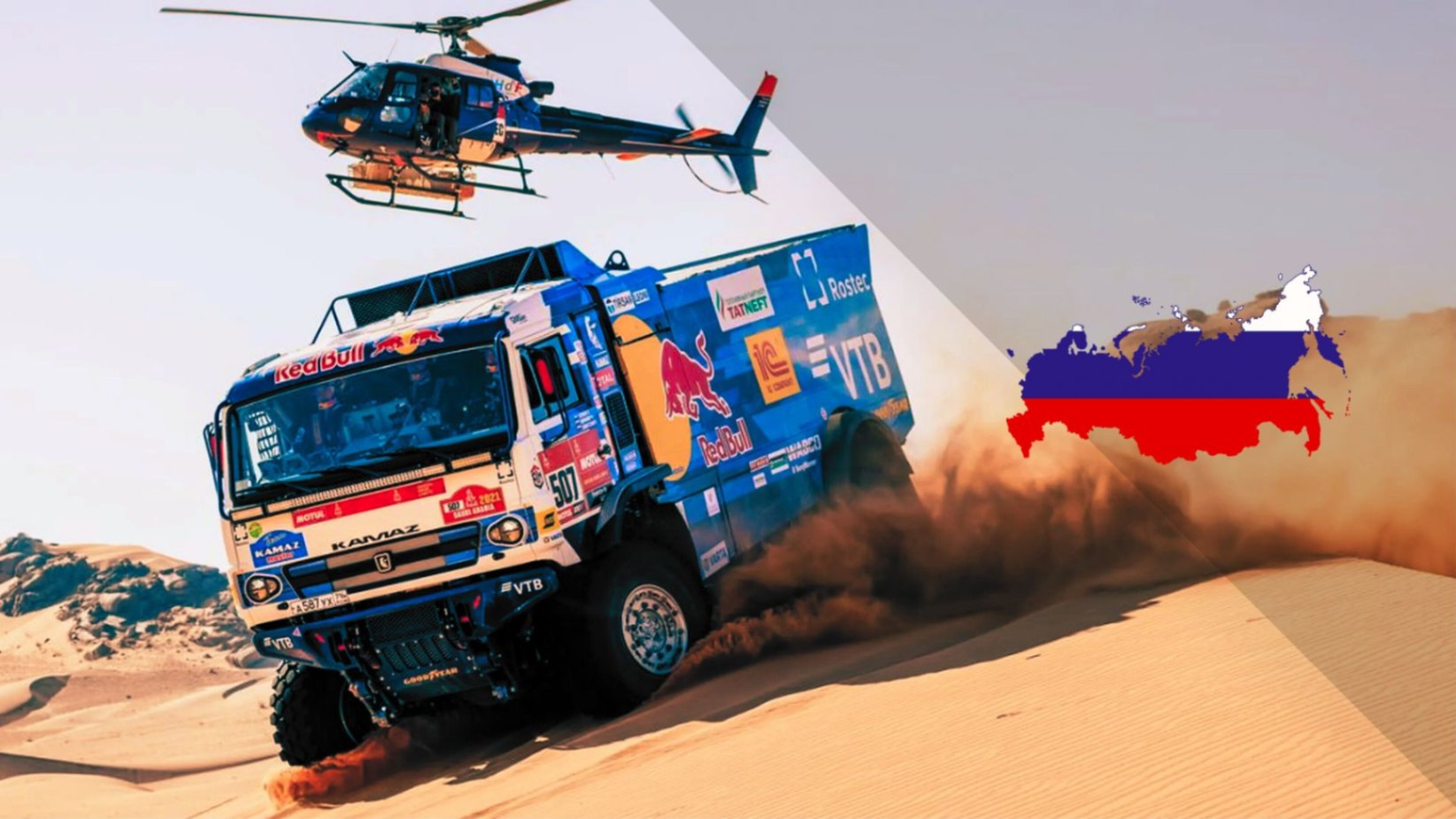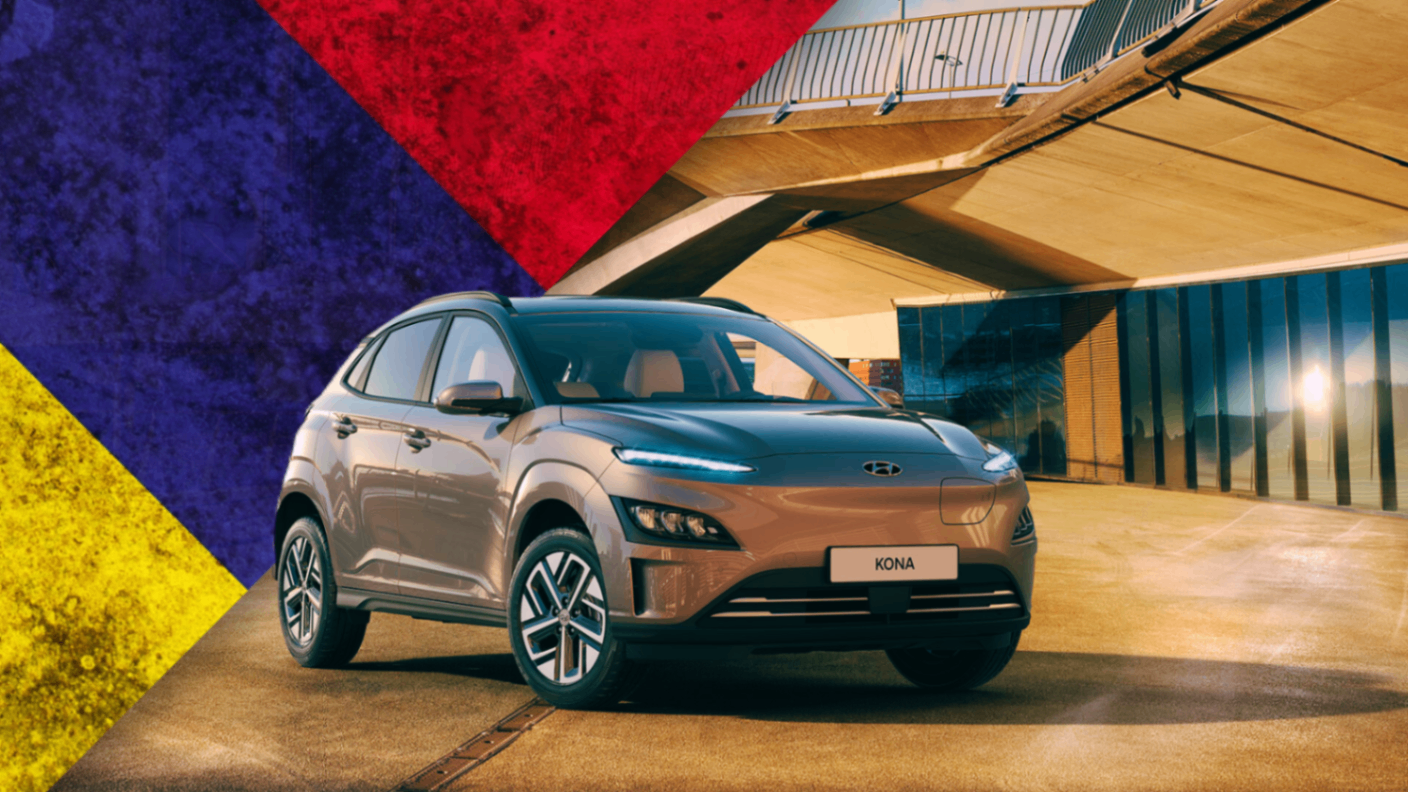
Ready to dive into the fastest, most exciting and competitive sport on the planet? Welcome to Formula 1! If you want to understand and enjoy every race to the fullest, stay with me and discover everything you need to know before starting to watch Formula 1. Let's go!
What is Formula 1?
Formula 1 is the pinnacle of motorsport, the ultimate category where the fastest and most advanced cars in the world compete. They race on both permanent circuits and the streets of iconic cities.
Each season, F1 visits legendary locations such as Monaco, Italy, and Belgium, while also exploring new destinations. This global spectacle features 10 teams, each with two drivers, who battle to accumulate points throughout the year in a championship format that culminates in the world championship title.
Since its inception in 1950, under the supervision of the FIA, Formula 1 has been not only a competition of speed but also of innovation. Each year, teams design and build their own cars within the established rules, creating true speed machines capable of exceeding 320 km/h on the straights and taking corners at astonishing speeds.
You can also see here: Major changes in F1 engines over time
The Weekend Format
What is the Formula 1 weekend format like? There are usually three practice sessions. Two on Friday, called FP1 and FP2, and another on Saturday morning, called FP3, where teams test different setups. Qualifying takes place on Saturday afternoon, determining the starting grid for the race. It is divided into three knockout sessions: Q1, Q2, and Q3.
In Q1, all drivers participate for 18 minutes. At the end of Q1, the five slowest drivers are eliminated and will start from the back of the grid (positions 16 to 20).
The remaining 15 drivers compete in the 15-minute Q2 session. Again, the five slowest are eliminated and start from positions 11 to 15.
In the 12-minute Q3 session, the 10 fastest drivers compete for the top grid positions. The driver with the fastest lap in Q3 gets pole position, starting the race from the front, while the others line up behind in descending order of their lap times.
The main race is held on Sunday. It is the most important event of the weekend. Starting from a good grid position is crucial in F1, as overtaking can be difficult depending on the circuit.
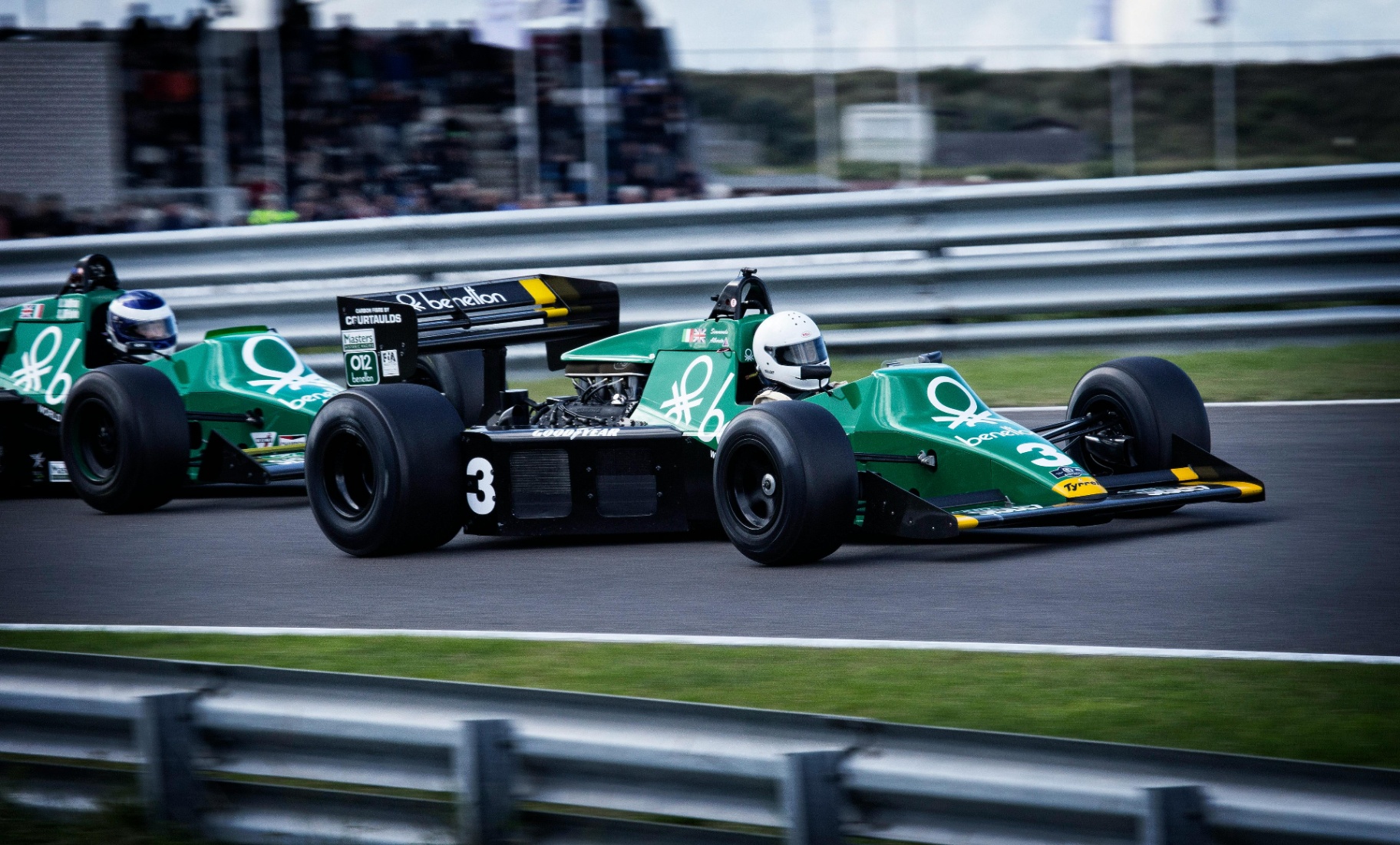
The Points System
Now, we know that Formula 1 is about getting the most points, but how are those points earned? They are awarded in Sunday's races, and only the top 10 finishers receive points. The winner gets 25 points, second place gets 18 points, then 15, 12, 10, 8, 6, 4, 2, and 1 point. From 11th place on, no points are awarded. Additionally, the driver with the fastest lap also gets an additional point if they finish in the top 10.
Throughout the season, drivers and their teams accumulate points in each race. At the end of the season, the driver with the most points is crowned world champion, and the same goes for the team that has managed to score the most points in the constructors' championship.
Constructors in Formula 1 earn points based on the performance of both drivers on their team in each race. Whenever a driver finishes in the top 10, they score points according to their position, and those points are added to the team's total. At the end of the season, the constructor with the most points is crowned champion.
Key Teams and Drivers
There are 10 teams competing in Formula 1, each with two drivers. Among these teams, some stand out, such as Red Bull, which has been the dominant team in recent seasons with Max Verstappen as the winner. Mercedes, which was the dominant force during the hybrid era, with Hamilton winning several titles. And Ferrari, the most historic team in F1, with a large number of titles throughout its history.
Check this out: The Emperor's Brand: How Mercedes-Benz Became the Standard of Luxury
Formula 1 drivers typically sign contracts with teams that can vary in length from one to several years. These contracts also cover other aspects such as image rights and marketing obligations.
Although some drivers stay with a team for many years, it is rare for a driver to remain with a single team for their entire career. Most drivers switch teams at some point, seeking better opportunities, a more competitive car, or simply a new challenge.
In many cases, drivers within the same team also compete with each other. Although they are teammates, each driver wants to be number one.
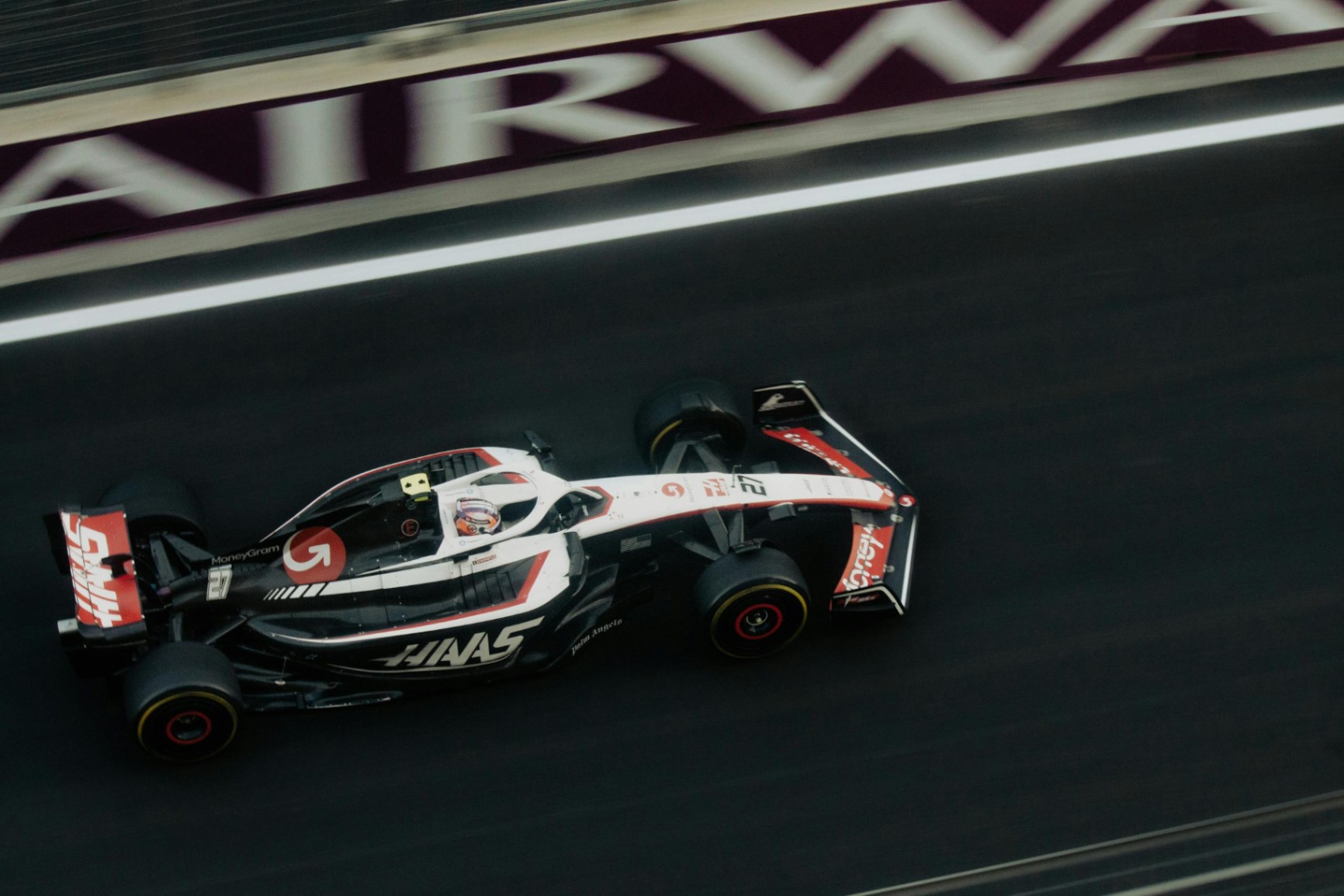
The Tyres
Pirelli supplies various tire compounds that range in hardness from hard to soft. In Formula 1, tires play a crucial role in race strategy. Soft compounds offer maximum speed but wear out quickly. Conversely, hard compounds are not as fast but last much longer on the track.
During practice sessions, teams experiment with different types of tires to perfect their strategy before the race. When it comes to qualifying, most opt for the softest tires to set the best possible lap times.
In a dry race, all teams are required to use at least two different types of dry-weather tires. But if it rains, they can choose any combination they prefer. During the race, teams must make at least one pit stop to change tires.
This is a spectacle in itself: 23 mechanics swarm the car, changing tires and making adjustments in a matter of seconds. In fact, McLaren holds the record for the fastest pit stop, completed in an astonishing 1.80 seconds during the 2023 Qatar Grand Prix.
The number of pit stops a team decides to make depends on their strategy, which they refine during free practice sessions. These sessions allow them to assess how the tires degrade on their car and plan whether to make one, two, or even three stops during the race. But the strategy doesn't always follow the initial plan; factors like accidents, safety cars, and red flags can force teams to adapt quickly.
Safety Cars and the Rules
Understanding the basic rules, such as the meaning of flags and penalties, is essential to follow the race smoothly. For example, a yellow flag indicates danger on the track, like an accident or debris. Drivers must slow down and cannot overtake. A green flag signals that the danger has passed and the track is clear. Drivers can return to normal race speed.
A red flag means the race is stopped completely due to a serious accident or bad weather conditions. All cars must return to the pit lane. A blue flag is shown to drivers who are being lapped by a faster car, indicating they must let them pass. Finally, the checkered flag marks the end of the race or session. The first to cross the line when this flag is shown wins the race.
There are also basic rules you should know. For example, drivers can overtake others on the track, but they must do so without causing an accident. It is forbidden to leave the pits if another car is coming down the pit lane. Drivers must stay within the track limits, marked by white lines. Going off track can result in a penalty. A car is considered to have gone off track when all four wheels have crossed the white line that defines the circuit, especially if it gains an advantage, such as shortening the distance, avoiding an incident, or gaining time.
Drivers can receive penalties for infractions such as causing an accident, overtaking illegally, or ignoring flags. Penalties can range from a time penalty to disqualification from the race.
There are also safety cars, there are two types. One is the physical safety car, a real car that goes out on the track in dangerous situations, forcing the race cars to line up behind it and reducing the time differences between them. Which can change the dynamics of the race. On the other hand, there is the virtual safety car, which does not deploy a vehicle on the track, but forces drivers to reduce their speed by maintaining a specific delta time, keeping distances between them and minimizing interruptions to the race. Both systems are used to ensure safety, but affect the race in different ways.
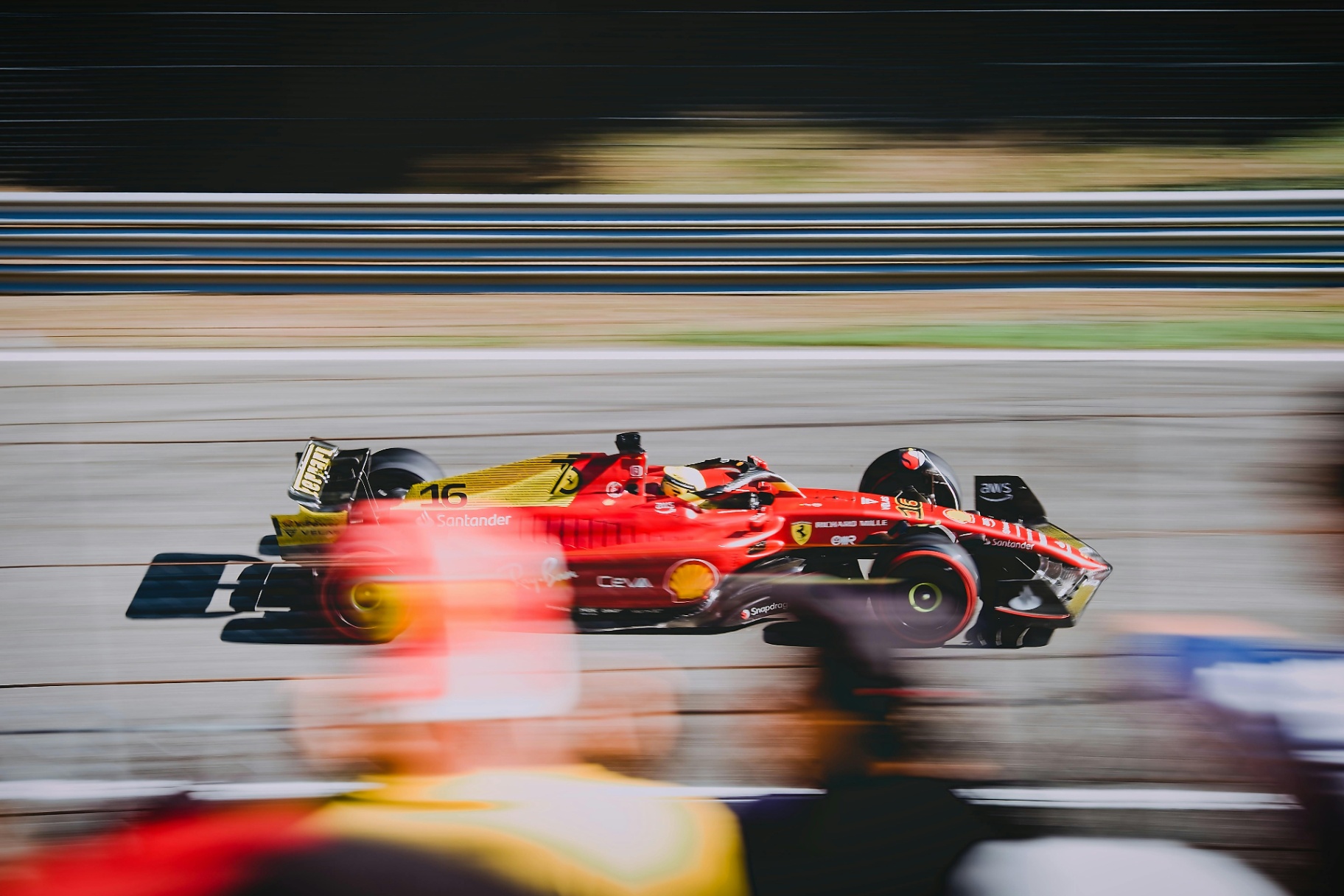
The Circuits
This year, there are 24 circuits, each unique in terms of design and characteristics. Some are street circuits, which are normal city streets that are closed off for races. Others are permanent circuits used exclusively for racing. Here, I'll tell you about some of the most famous ones.
The Monaco Grand Prix is the most glamorous and one of the most difficult on the calendar. Racing through the narrow streets of Monte Carlo is like flying a jet in your living room. Here, the margin for error is practically nonexistent; one mistake and you're in the wall.
We must also mention Silverstone, in the United Kingdom, which is considered the home of Formula 1, as it hosted the first World Championship race in 1950. With its mix of fast corners and long straights, it's a favorite for both drivers and fans.
Spa, in Belgium, is known for its unpredictable weather. It can be raining in one part of the circuit and completely dry in another. The famous Eau Rouge corner is one of the most challenging and exciting on the entire calendar, with drivers taking the corner at over 300 km/h.
Monza, in Italy, is the fastest circuit in Formula 1. Cars reach speeds of over 360 km/h on the straights. It's a holy place for the tifosi, Italian Ferrari fans.
You can see: From Ferrari rejection to millionaire magnate | Horacio Pagani
Suzuka, in Japan, is unique because it's shaped like a figure eight, with one section of the track passing over another. This track is known for being technical and challenging, and it has been the scene of many decisive moments in F1 history.
Now that you know the secrets and keys to Formula 1, you're ready to enjoy every race like a true fan. Remember: F1 is more than a sport, it's an experience like no other. So get ready to rev your engines and join the action. See you at the track!
